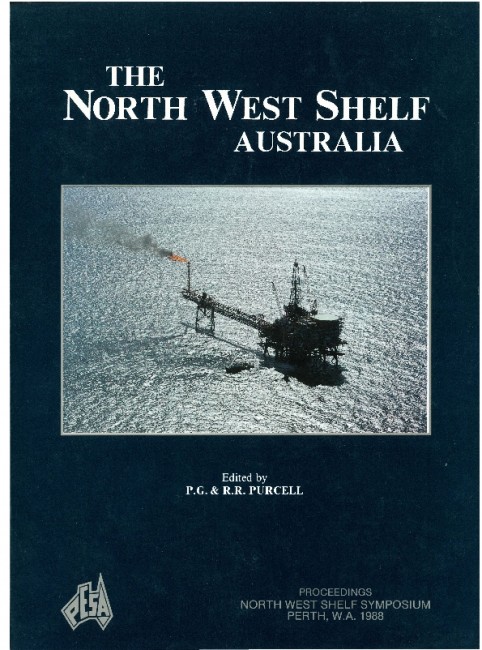Publication Name: The North West Shelf Australia
Authors: M.T. Bradshaw, A.N. Yeates, R.M. Beynon, A.T. Brakel, R.P. Langford, J.M. Totterdell and M. Yeung
Date Published: July 1988
Number of Pages: 37
Reference Type: Book Section
Abstract:
The BMR/ APIRA Palaeogeographic Maps Projecthas produced environmental reconstructions of Australia for seventy time slices, from the Cambrian to the Recent. The comprehensive coverage allows the geological history of the North West Shelf to be viewed in the context of the wider region, as Australia evolved from part of ondwana to an island continent. The study has illustrated the similarity between the individual depocentres of the North West Shelf region. All share a southwest-northeast structural grain and a thick (c.lO km) Mesozoic fill, in contrast to the northwest-southeast trending onshore basins which have thick Palaeozoic sections with a thin drape of younger sediments.The region's palaeogeographic evolution reflects a history of changing tectonic regime, climate and sea level. Since the Late Palaeozoic there has been a progression from intracratonic rift to passive margin with a late phase of collision, paralleled by a shift in climatic regime from glacial conditions in the Permian to the tropical seas of today. The initial rift was a southern arm on the periphery of Tethys, partly enclosed by land which rifted off as continental fragments in the Late Jurassic and Early Cretaceous as seafloor spreading commenced in the Indian Ocean. Superimposed on these major controls was an alternating pattern of transgression and regression, which produced a shifting mosaic of environments.


